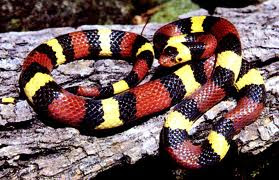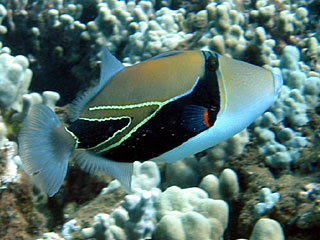Hello!
Source: animalwebguide.com
What a face! A perfect photo to show the camel's long eyelashes that help protect its eyes from the sand. It can also close its nostrils to keep out the sand and trap moisture when it exhales and return it to the body's fluids.
The dromedary, also known as the Arabian camel, has one hump and is found in the dry and desert areas of western Asia and northern Africa. It was domesticated thousands of years ago, possibly as early as 4000 BC. There are over 12 million domesticated dromedaries in the world today from western India to Egypt, Somalia and Algeria. It is used for transportation and as a pack animal, a source of meat and milk, and its hair can be spun and woven into tents and garments. It can run up to 40 miles an hour for short distances and can sustain 25 miles an hour over longer periods.
Source: Wikipedia
Dromedaries are unsurpassed for surviving in the desert. It derives water from the plants it eats, does not sweat until its body temperature reaches 107 F, and can keep going even after losing up to 40 percent of its body weight in water. Even though it is called a one hump camel, it actually has a secondary hump on its shoulders. Camels store fat in their humps which can be broken down into energy and water. When they do drink water, they can down 30 gallons at a time.
Photo by Brooks Walker Source: National Geographic
Dromedaries were introduced to the southwestern United States in the 19th century to be used for transportation and meat, but once the railroads were built they weren't needed. Some camels were turned loose and a feral population survived until the early 1900s.
Camels are not known for their sweet dispositions, but then if you'd gone a couple of weeks without any water, withstood sandstorms and 120+ degree heat, you might be a little grumpy too. They do have a sort of regal appearance about them. Or maybe they just know how superior they are to us frail humans when it comes to surviving in the desert.











































